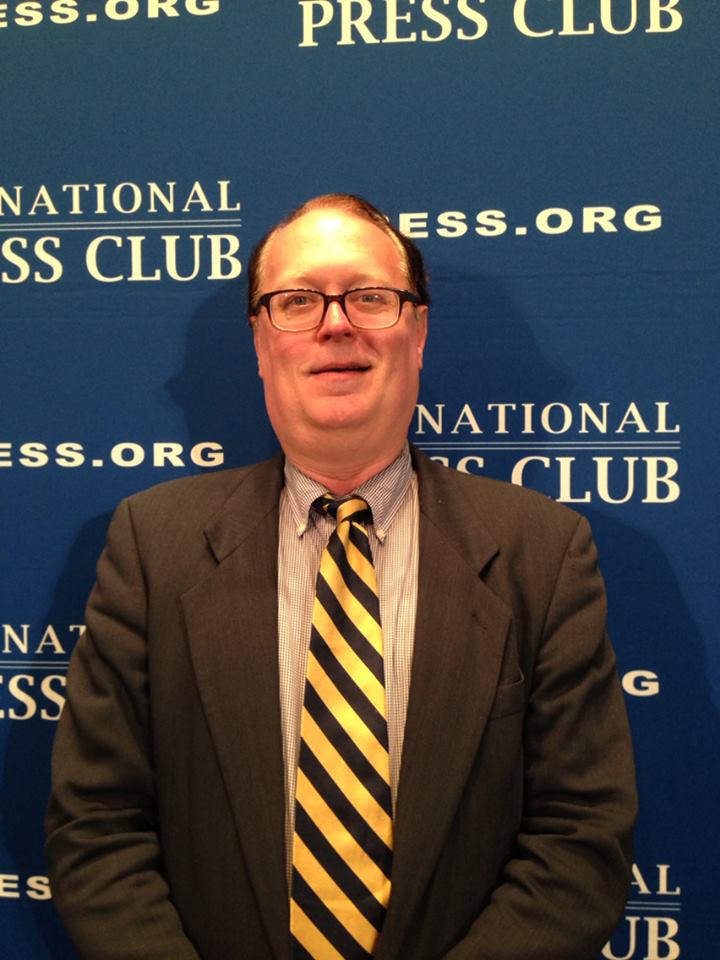As our nation continues to discuss the failed OceanGate submarine voyage where five passengers perished on an expedition to view the wreckage of the Titanic, the public fascination with the sinking of the Titanic 111 years ago is again in the news. Walter Lord’s 1955 nonfiction bestseller “A Night to Remember” allowed survivors of the Titanic to tell readers about the chaos and confusion they witnessed on that horrible night.
Lord (1917-2002) placed print ads looking for survivors of the Titanic. He interviewed all that replied. The book is their memories of the final hours on the ship before their escape. It is a thrilling account of one of the greatest tragedies in human history.
The Titanic was a 66,000-ton luxury liner. It was the largest vessel on the seas. It was, experts said, “unsinkable.” It carried more than 2,000 passengers, including the business magnate John Jacob Astor IV and his wife. Reportedly, the ship’s captain, Edward Smith, wanted to set a trans-Atlantic record. He did not make it.
It hit an iceberg during its maiden voyage, from Southampton, England, to New York. It took two and a half hours for the Titanic to sink.
Lord focused on the passengers and crew during the Titanic’s slow descent into the icy water. More than 1,500 passengers died because the “unsinkable” Titanic had half the number of lifeboats it needed. Seven-hundred passengers survived. Some passengers, realizing their fate, celebrated until the end. As the ship sank, the band played the Episcopal hymn “Autumn,” not “Nearer My God to Thee.”
Among the survivors was Mrs. G J. Mecherle (pronounced “Ma-herl”), formerly Caldwell. In a 1955 interview in a Bloomington, Ill., newspaper, she recalled that the “mass screams and wailings of the Titanic’s drowning and freezing victims bobbing in the cold ocean waters sounded like one big fire siren.” She survived with her then-husband and 10-month-old son.
Lord said there were many “ifs” that could have saved lives. If the ship’s captain had not ignored six warnings about an iceberg, he might have steered clear of it. If clouds had not obscured the moonlight, the iceberg might have been visible sooner. If a nearby ship, the SS Californian, had not turned off its radio, it might have heard the Titanic’s SOS. Everything went wrong that night for the Titanic, its passengers and its crew. “It was the classic Greek tragedy,” Lord said. On the night of April 14, 1912, the Titanic sank.
Lord described the sinking of the Titanic as “the most exciting news story that ever happened.” Since its publication in 1955, other tragic news stories, the al-Qaeda attacks on the World Trade Center and the Pentagon on September 11, 2001, have happened. Still, the sinking of the Titanic holds a fascination so strong that people risk their lives by taking a small submarine to the ocean floor to see its resting place.
In 1953, Hollywood reaped success from the tragedy in a highly fictionalized film account of “Titanic,” starring Clifton Webb and Barbara Stanwyck. In 1956, NBC broadcast a TV version of Lord’s “A Night to Remember.” In 1958, a British film version of “A Night to Remember” starring Kenneth Moore and Honor Blackmon. According to reviews, this version is the most historically accurate filming of the sinking of the Titanic. To date, 1997’s “Titanic” with Leonardo DiCaprio and Kate Winslet, another fictionalized account, is one of the largest-grossing films in history.
Lord recognized the sinking of the Titanic as “the most exciting news story that ever happened.” The book puts readers in touch with Titanic’s survivors. It puts readers on the Titanic. The book has never been out of print. The book has always been in my home library.
In 1985, the wreckage of the Titanic was discovered 13,000 feet below the ocean’s surface. “The Night Lives On: The Untold Stories & Secrets Behind the Sinking of the Unsinkable Ship Titanic” was another bestseller for Walter Lord. He wrote that the Titanic, as a subject of discussion, will never sink. He noted the Titanic was a popular subject for political cartoonists. “She (the Titanic) is completely nonpartisan: since 1976 she has been used to depict the troubles of (President Gerald R.) Ford, (President Jimmy) Carter, and (President Ronald) Reagan.”
“The continuing fascination has seen a boom in the price of Titanic memorabilia,” Lord wrote in “The Night Lives On.” From memorabilia to deep-sea adventurers wanting to be up close to the wreckage of the world’s largest luxury ship, the fascination with Titanic’s tragic night to remember may also be unsinkable.
Lord made two important points in “A Night to Remember.”
First, he allowed the survivors to tell their powerful stories. This gives readers a human link to the tragic event. It is a literary experience like “You Are There” at the sinking of the Titanic.
Second, it was a night to remember that the experts who said the Titanic was “unsinkable” had been wrong. Reportedly, the OceanGate executives ignored multiple safety concerns by engineers about their vessel. It was the executives’ opinion, the misguided opinion, that the vessel was safe.
The Titanic’s 1912 lesson seems timely in 2023.





